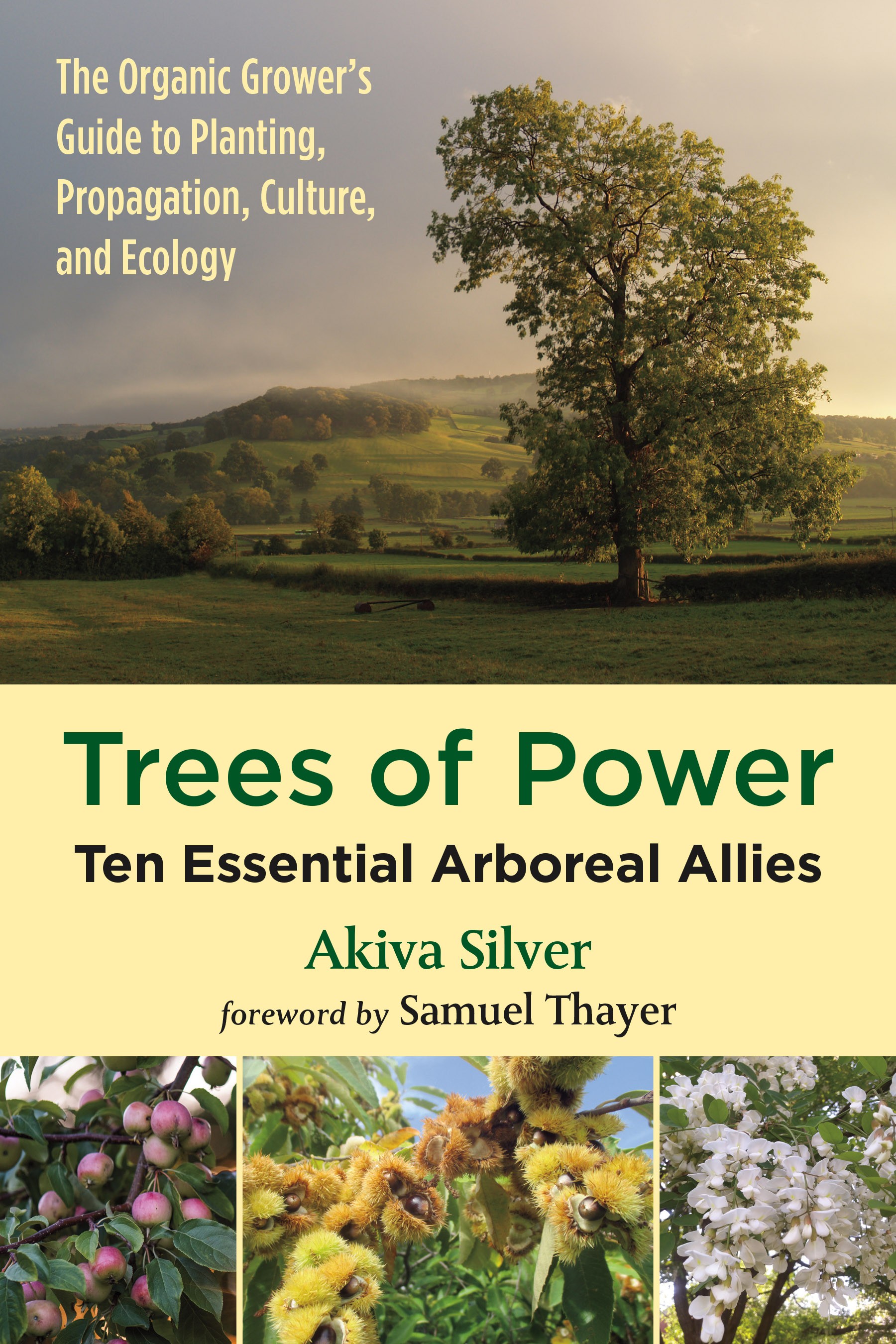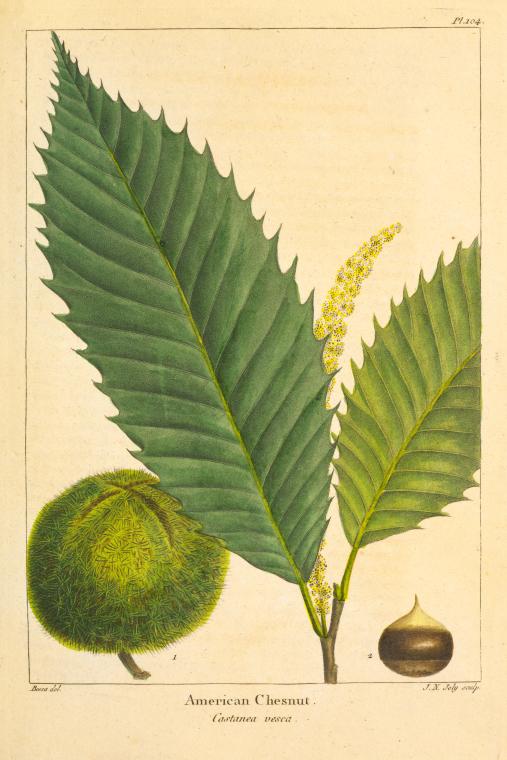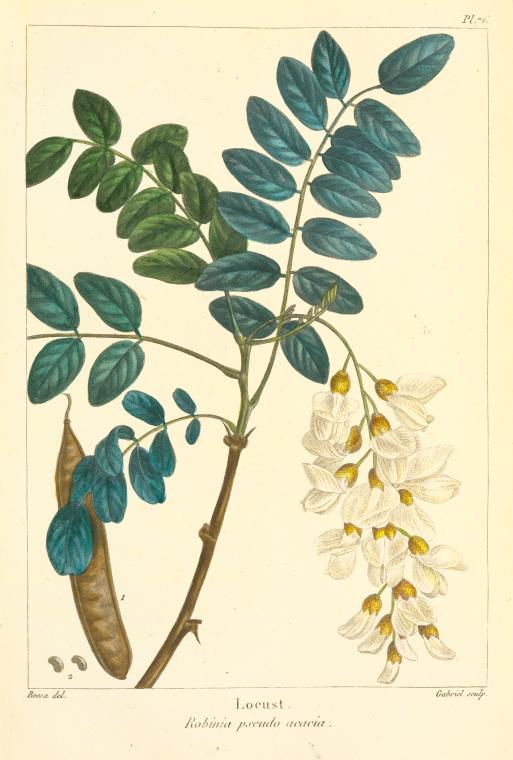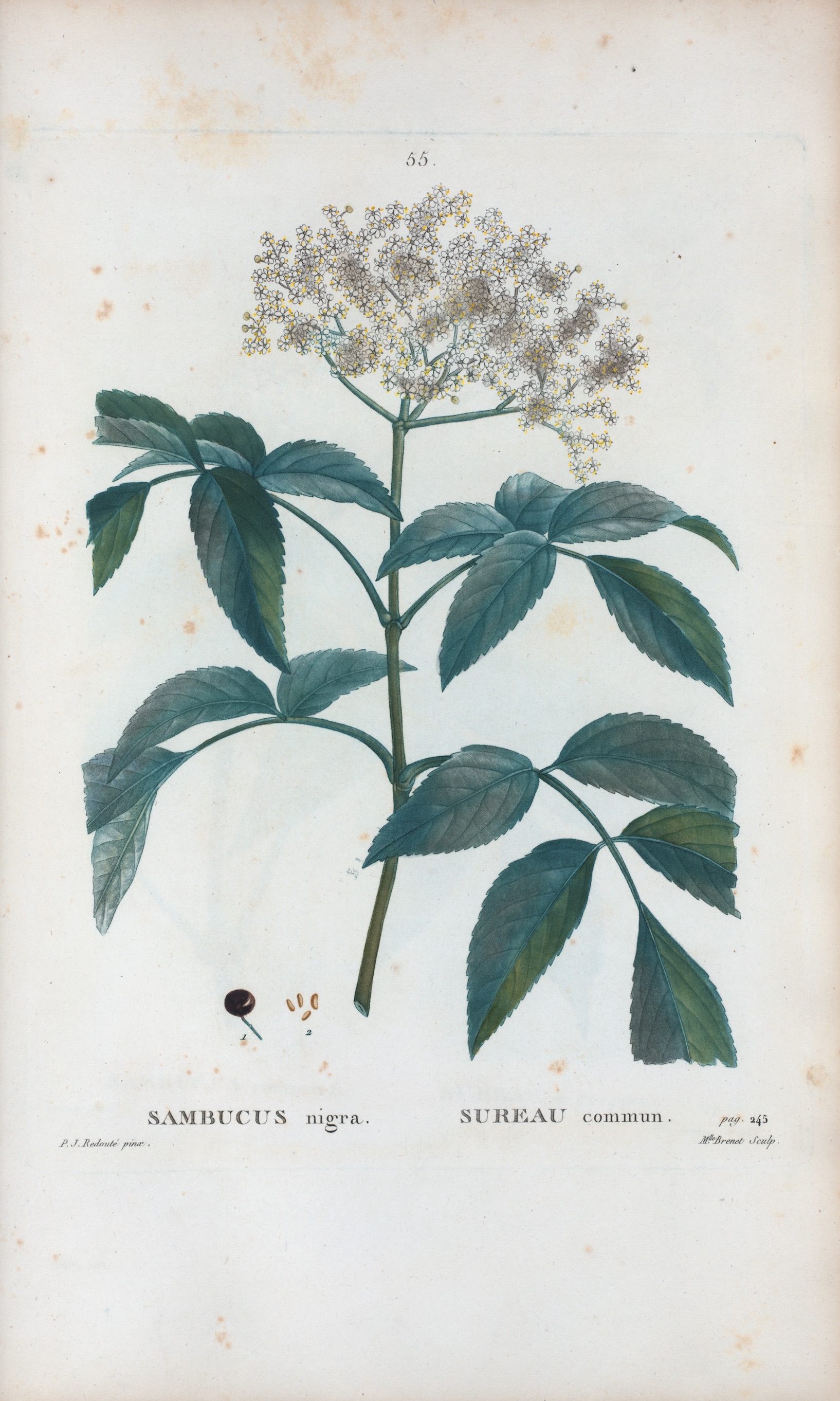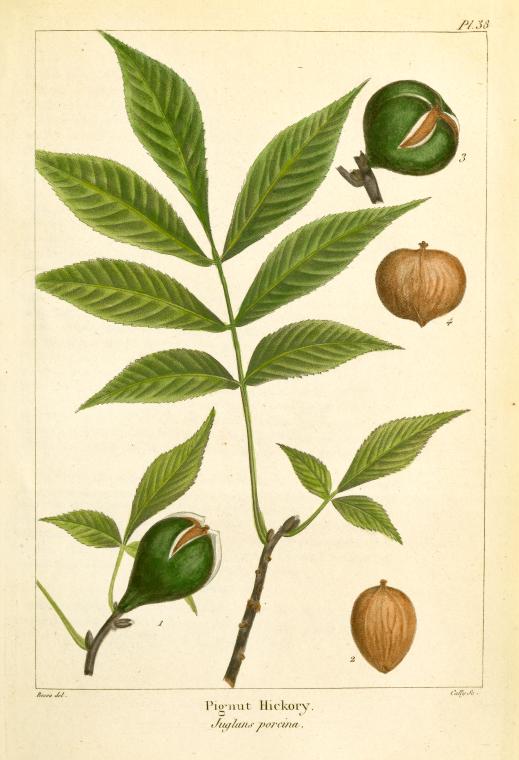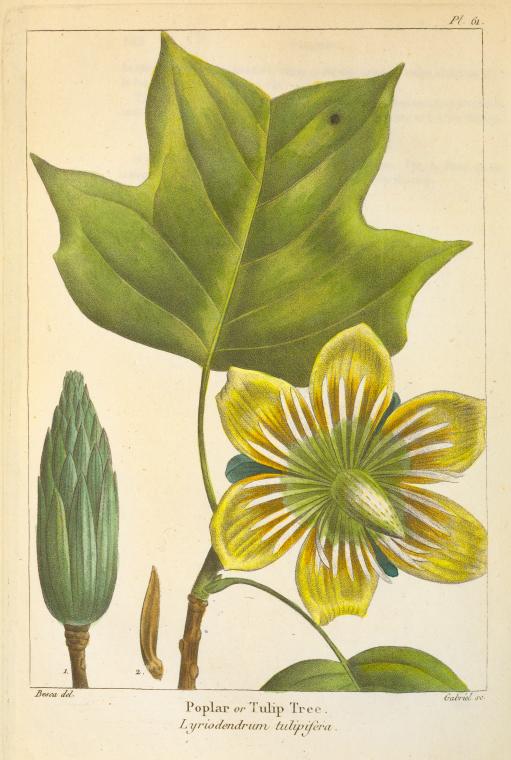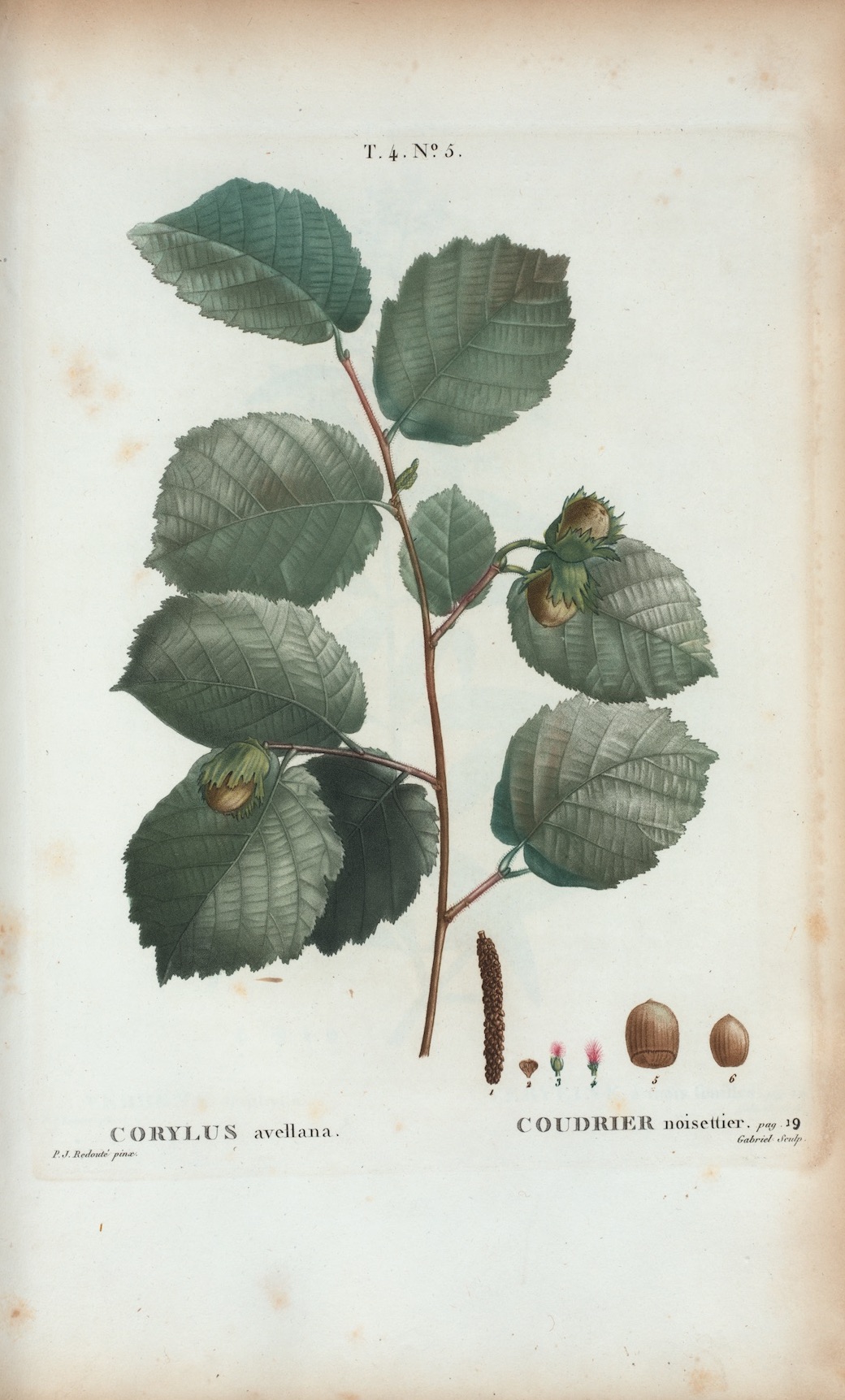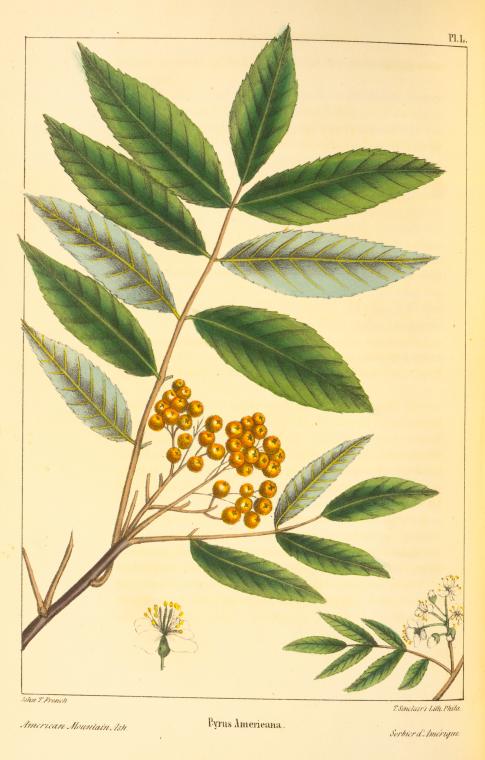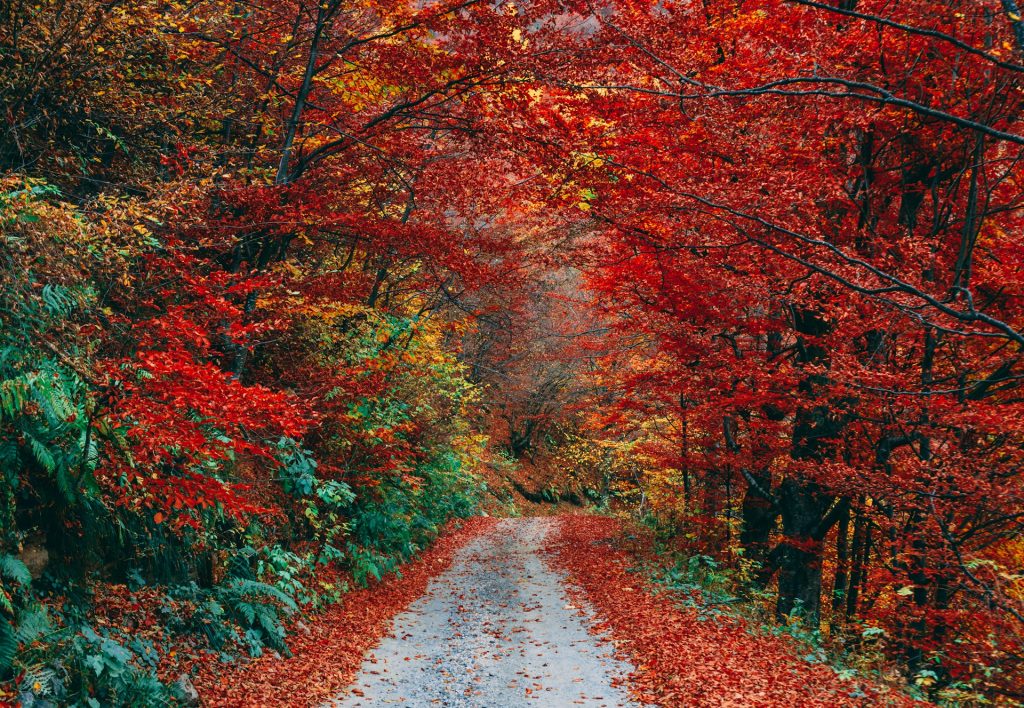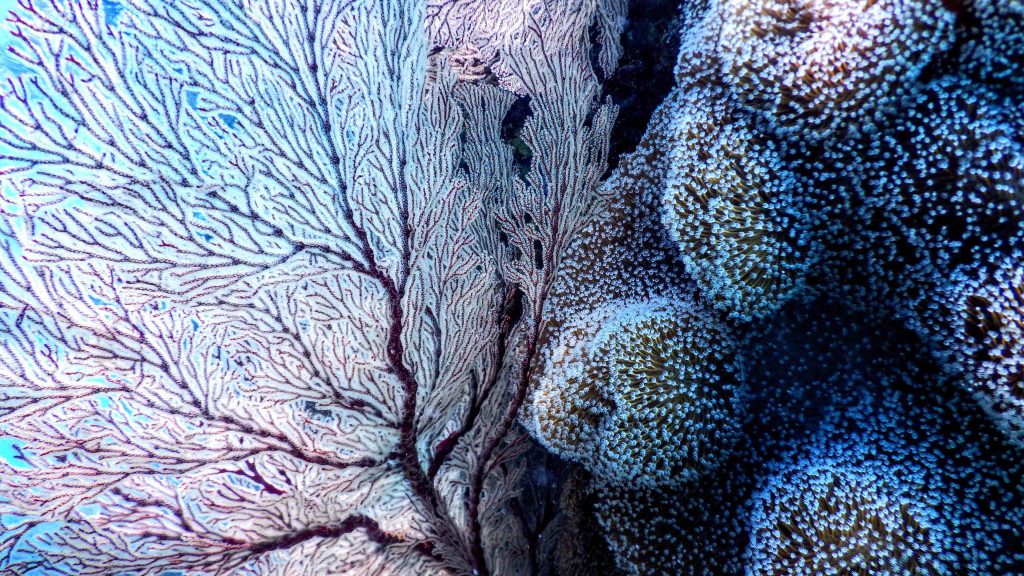Book | Trees of Power
The following excerpts are from Akiva Silver’s book Trees of Power: Ten Essential Arboreal Allies (Chelsea Green Publishing, March 2019) and is reprinted with permission from the publisher.
From The Preface
“We can and do influence the ecosystems around us more than any other species. That influence can come through reckless destruction, blind abandonment, or conscious intent. Because we have chain saws and bulldozers at our disposal, and because trees cannot run, hide, or fight back, they can be thought of as weak, defenseless organisms. The truth is that trees are resilient beings that have been around for hundreds of millions of years, enduring shifts in climate, being chewed on and trampled by everything from voles to elephants.
They have come from the mysteries of the deep past. When I look at the sky, what I see there is not simply blue. There’s a radiance, an energy, a power. It is from this power that trees feed. Literally building their bodies out of the radiant sky, trees of power are strong beings to ally ourselves with. Their wisdom and abilities are very different from our own. They are mysterious organisms that naturally fit into a symbiosis with us if we can learn to work with them.
From the Chapter, Life Fountains
These fountains of life are incredible beings that perform so many services for free and indefinitely. They have the ability to reproduce themselves, run on sun and rain, build wood out of carbon in the sky, create flavors, carbohydrates, proteins, fats, medicine, and vitamins. We are just tiny animals scampering beneath them, picking up their gifts as fast as we can, because there is not enough time to keep up with the rain of presents. The feel of autumn in the wind pushes us to gather faster, filling bucket after bucket. The harvest looks staggering. It fills trucks and porches. Where will we put it all? and How will we have time to process all this? are some of the thoughts we have, and still there is so much more lying on the ground. Millions of pounds in my county alone.
“Mind if I gather nuts off your lawn?” They are waste to my culture; it’s a chore to rake them up off the grass. The gifts of the trees, of the Universe, are largely ignored. It is a strange world indeed. I can’t explain the physical joy I feel filling buckets with nuts.
Crawling around on my hands and knees surrounded by a staggering abundance, I sometimes laugh out loud like a madman and look around to see if anyone heard me. Sometimes a guy on a bicycle stares at me. But I have no time to worry about that. It is the harvest season and I am flying high. I need to keep reminding myself to stay calm.
The heart of the gatherer is one of gratitude and amazement. I have been astounded so many times harvesting. As I start to pick up the first bushels of wild pears, I realize just how much is there. I sell wild pears to a cidery that presses them into perry (pear wine, which is a very excellent drink with a long history in Europe). Last fall my family and a friend gathered over 3,000 pounds of wild pears from a handful of trees in two days.…It is good work, work our bodies and minds were built for. At night we see pears when we close our eyes. We have a connection to those trees. We care what happens to them. To us, it seems like a good idea to plant more of them. The highest level of appreciation comes through participation.
The trees in my book—Chestnut, Apple, Beech, Black Locust, Hazelnut, Hickory, Mulberry, Poplar, Ash, and Elderberry—are some of the most enjoyable beings on Earth to work with. If you watch for them, they will overwhelm you sometimes. It will seem like they are merely offering you thousands of pounds of food and seed for free, but they have their own interests at heart. By taking from them, you will be helping them. You will be partnered. Your work on this world does not have to be drudgery or bad for the planet. By working with trees we can find abundance and spread it.
Life circles around trees; it is drawn in like a magnet. One crab apple tree in the middle of winter will pull in birds, possums, mice, deer, raccoons, wild children, and countless other forms of life. Animals and people will travel for miles to gather persimmons and chestnuts. Songbirds will flock to mulberries. These are magnetic trees, fountains of life that shower the Earth with abundant gifts. When we become aware of these trees, we can begin to work with them and elevate the level of abundance in our world to staggering heights.
Humans can have a positive influence on nature. We can enhance ecosystems to the benefit of ourselves and wildlife at the same time. I see a world filled with endless opportunity. There are gifts falling down all around us. Many folks don’t see them at all, even while they are taking the time to pick up these presents and throw them away. This book is a guide and a catalyst. I hope that it helps you realize there is good work to do everywhere and that you can be a positive force for nature and for yourself. You can harvest food and medicine, make money, breathe gratitude, and leave beauty in your wake by working with trees. They are filled with power, and that power is freely offered to us. Partnering with trees is as natural as breathing. We inhale their exhalations and they inhale ours. We are designed to work with each other.
To the Environmentalist
For lots of reasons, the environmental movement has become fairly unpopular today. The movement is generally viewed as a bunch of whiny liberals disconnected from where their food, cars, and lifestyle come from. Environmentalists are associated with holding up signs saying no to everything. Opposition comes in hard and heavy because environmentalists are thought to be trying to stop industry and slow our precious economy. Fear of losing out on any profits has become justification for stomping out environmental justice. Like many topics, it has become polarized.
There is a better path forward. As environmentalists, we can view the whole movement completely differently. Right now, the movement is focused on reducing fossil fuels, creating buffer zones for wildlife, and saving endangered species. I get it. It’s outrageous how our culture treats nature with no respect, no reverence. It’s disgusting to watch millions of acres gobbled up by bucket wheel excavators on the tar sands. It’s utterly depressing to hear about another million-barrel oil spill in the ocean.
It’s hard to take when we see the trajectory of climate change. There is a saying in the environmental movement: “If you’re not outraged, you’re not paying attention.”
I understand that completely. I have chained myself to government facilities and gone to jail; I’ve screamed my head off at dozens of organized protests. I understand the frustration and the need to stop the destruction. I also now understand that anger is a very ineffective tool.
When you show someone anger, they will instantly become defensive and then, often, offensive. You won’t convince anyone of anything by yelling at them.
The best way to create change is to create alternative options that are so much more appealing than the status quo. For example, let’s say you are concerned about palm oil plantations destroying rain forests in Southeast Asia. You could tell everyone you can to stop buying palm oil; you can make a video about it, write a book describing the horrors of deforestation and the loss of orangutans. You can shout and shout about it, but at the end of the day, people are often going to buy what is on the shelf at the store. If you wanted to get people to buy less palm oil, then at some point you have to offer an alternative, and it should be better than palm oil. Telling people all about the hazelnuts you grow and process into oil is a lot more inspiring than trying to make them feel guilty about buying palm oil. You will get a lot more traction by offering something new or creating positive choices for folks to make. If you just say no all the time, then you are actually a negative force. To create positive change, we have to be a creative, positive force. It is much harder than traditional protests. It takes a lot of energy, knowledge, inspiration, and faith. That faith comes from understanding our sphere of influence.
Plants Are Sentient Beings
Scientists are proving that plants are cognizant, sentient beings. Monica Gagliano has conducted incredible experiments showing that plants have a sense of hearing and memory. She is one of the leaders in the newly developing field of plant cognition. In one experiment a plant is grown in a pot shaped like an upside-down Y. The roots can grow in either direction of the Y. Without any inputs, they grow in both directions equally. However, when a tape recorder of rushing water is placed next to one side, most of the roots grow to that side. That is a tape recorder, not actual water. They are sensing the vibrations of sound and responding. I can define sensing vibrations of sound as hearing.
…Personally, I don’t need to prove it; I already know that plants are creatures just as I am. If you don’t know it, that’s okay. Your perspectives are your choice. Whatever thoughts you choose are chosen by other thoughts. You have no idea where any of your thoughts come from. They rise from a dark and mysterious space. They come into your mind and say things. Maybe you believe them, maybe you don’t, but who is the one doing the believing or disbelieving? Just more thoughts. Your mind will say untrue things. How can you believe every thought? You are just guessing at which ones are true. If you listen close enough, your thoughts will contradict one another. You don’t have to believe anything. Reality is stranger than any scientist could handle. The Universe is infinite and weird. We are deep inside a dream, far inside. As you exist, breathe deep and appreciate the wondrous world around you, all the while feeling your existence. Do not shy away from the awareness within your own body. It is a constant place for you to come back to whenever things get crazy. You can always find the center if you let everything go for a moment and feel your actual center. Don’t think about it; just feel what’s deep in there. Then look out: You can walk around knowing that there is a presence inside you. A presence that is strong and unwavering. Once you find this presence inside your body, you can always find it again, whenever you remember. It’s there; if your mind would stop talking, you could notice it.
We all have the ability to breathe deep and be quiet. Just be quiet and listen. Plants are created by soil, sunlight, and water. Nobody really knows what those things are. They are ancient forces beyond the scope of thoughts in your human language. Plants eat sunlight and stretch themselves toward the stars. They are here because creation wants them here. They have their own ways of expressing life, of communicating with creation. Listening to plants will enliven your senses. It requires patience, silence, and openness.
Akiva Silver’s Youtube Channel
https://www.youtube.com/channel/UCjh-kybnwyH7XhBtBobNaVQ
Twisted Tree Farm Tour
Chestnut Trees
Gallery
Created in the early 19th century, these botanical illustrations are the works of three artists Pierre Joseph Redouté, Pancrace Bessa, and Thomas S. Sinclair. Botanical illustration is focused on scientific accuracy, requires observation of the plant specimen, and frequently these illustrations are created in watercolor. The images in this gallery come from the books “Traité des arbres et arbustes que l’on cultive en France en pleine terre” and “The North American sylva, Vol 1, Vol2, Vol3, and Vol5”.



